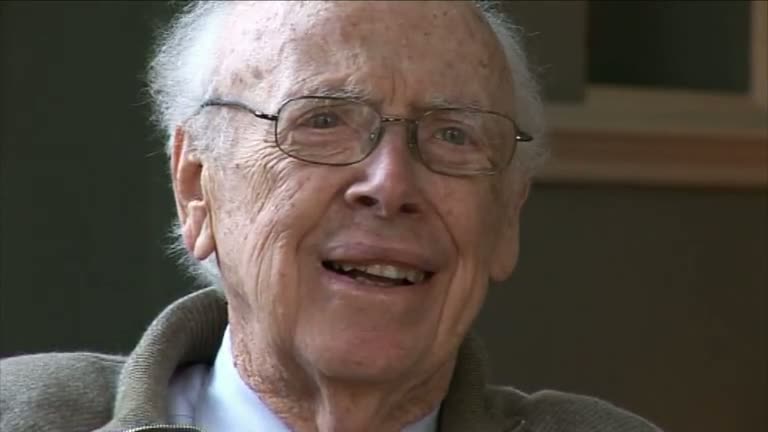NEXT STORY

Research on polyomavirus
RELATED STORIES

NEXT STORY

Research on polyomavirus
RELATED STORIES


|
Views | Duration | |
|---|---|---|---|
| 51. Leaving the PSC boll weevil committee in 1963 | 50 | 02:13 | |
| 52. My CIA brother-in-law | 124 | 02:39 | |
| 53. The lab and students at Harvard | 103 | 04:50 | |
| 54. Novel ideas about tumor viruses | 84 | 06:25 | |
| 55. Francis Crick and winning the Warren Prize | 137 | 03:57 | |
| 56. Research on polyomavirus | 59 | 03:21 | |
| 57. Becoming director at Cold Spring Harbor | 99 | 01:12 | |
| 58. Postdoctoral students at Cold Spring Harbor | 98 | 02:04 | |
| 59. Changing working habits and more on students | 122 | 06:20 | |
| 60. Dangers in the lab? Tumor viruses | 71 | 05:17 |


American molecular biologist James Dewey Watson was best known for discovering the structure of DNA for which he was jointly awarded the 1962 Nobel Prize in Physiology or Medicine along with Francis Crick and Maurice Wilkins. His long career saw him teaching at Harvard and Caltech, and taking over the directorship of Cold Spring Harbor Laboratory in New York. From 1988 to 1992, James Watson was head of the Human Genome Project at the National Institutes of Health.
Title: Francis Crick and winning the Warren Prize
Listeners: Martin Raff Walter Gratzer
Martin Raff is a Canadian-born neurologist and research biologist who has made important contributions to immunology and cell development. He has a special interest in apoptosis, the phenomenon of cell death.
Walter Gratzer is Emeritus Professor of Biophysical Chemistry at King's College London, and was for most of his research career a member of the scientific staff of the Medical Research Council. He is the author of several books on popular science. He was a Postdoctoral Fellow at Harvard and has known Jim Watson since that time
Duration: 3 minutes, 57 seconds
Date story recorded: November 2008 and October 2009
Date story went live: 18 June 2010